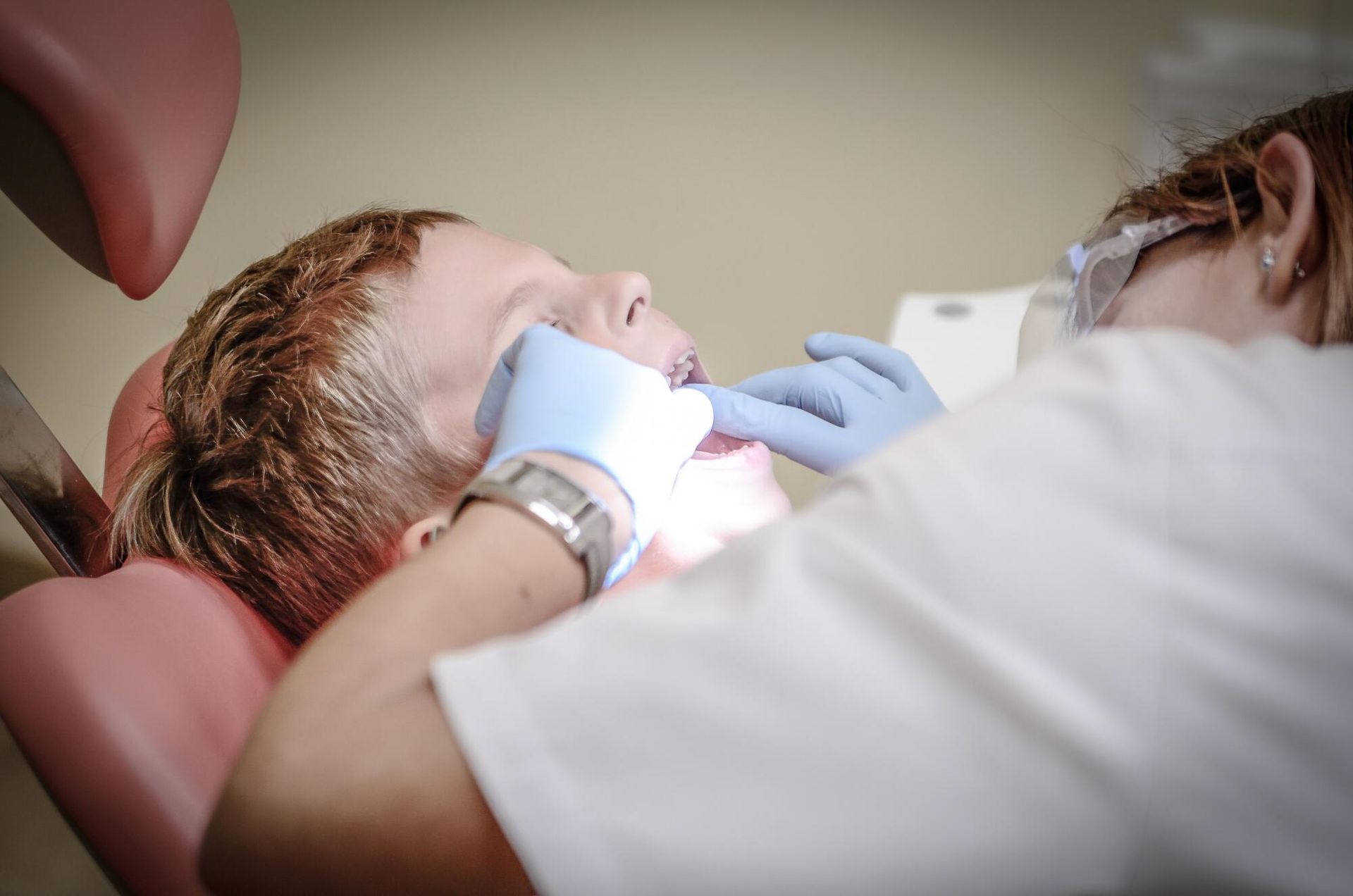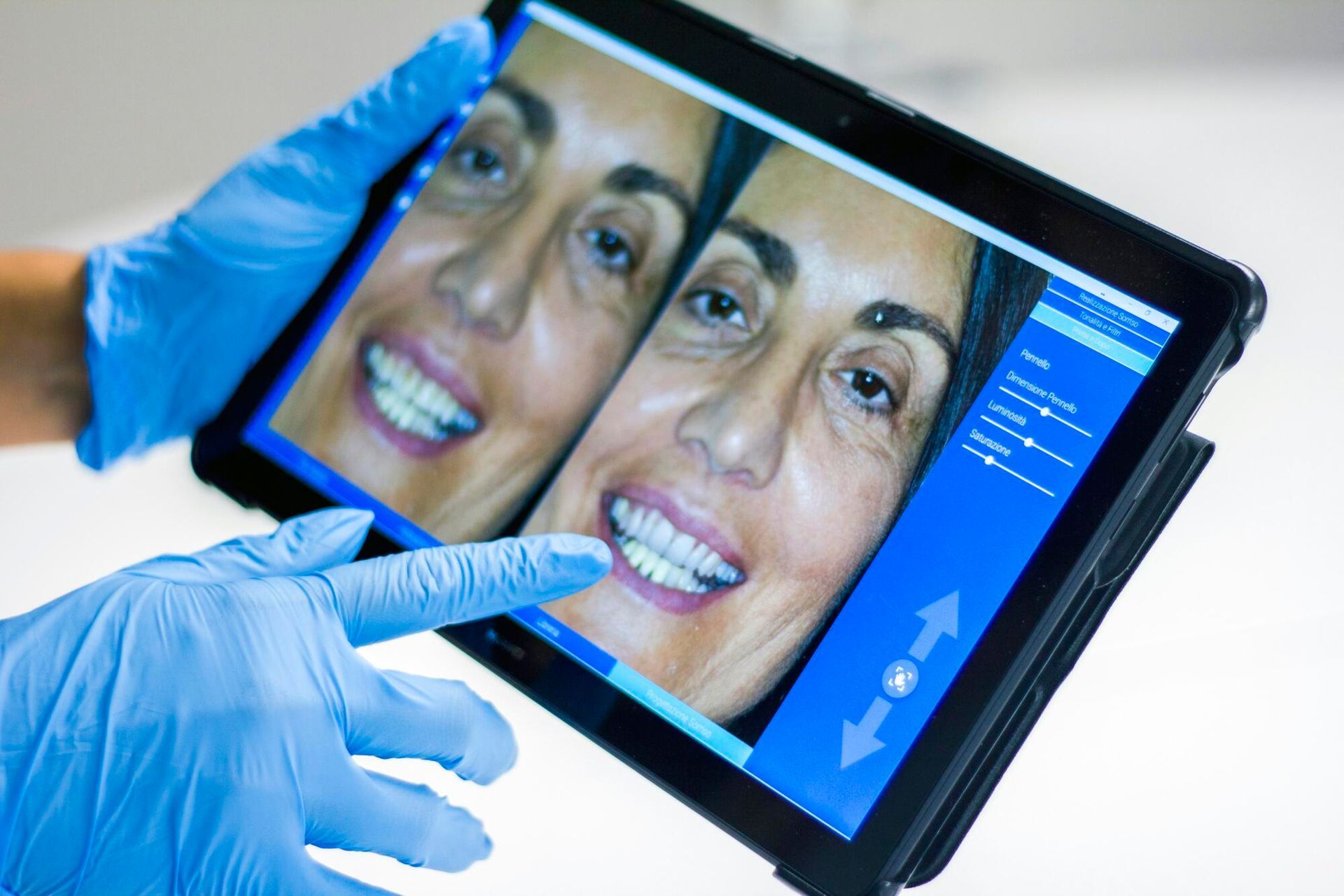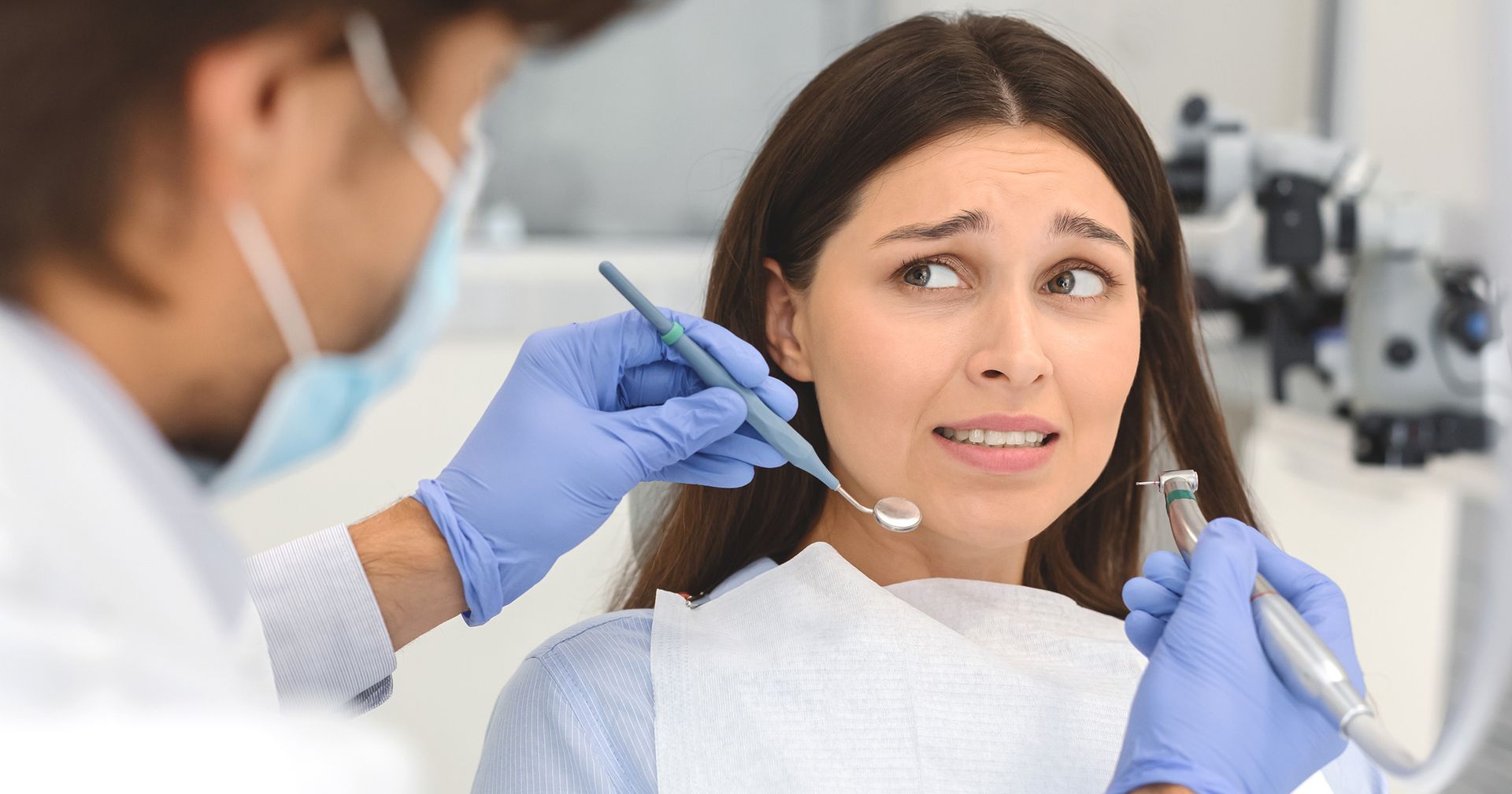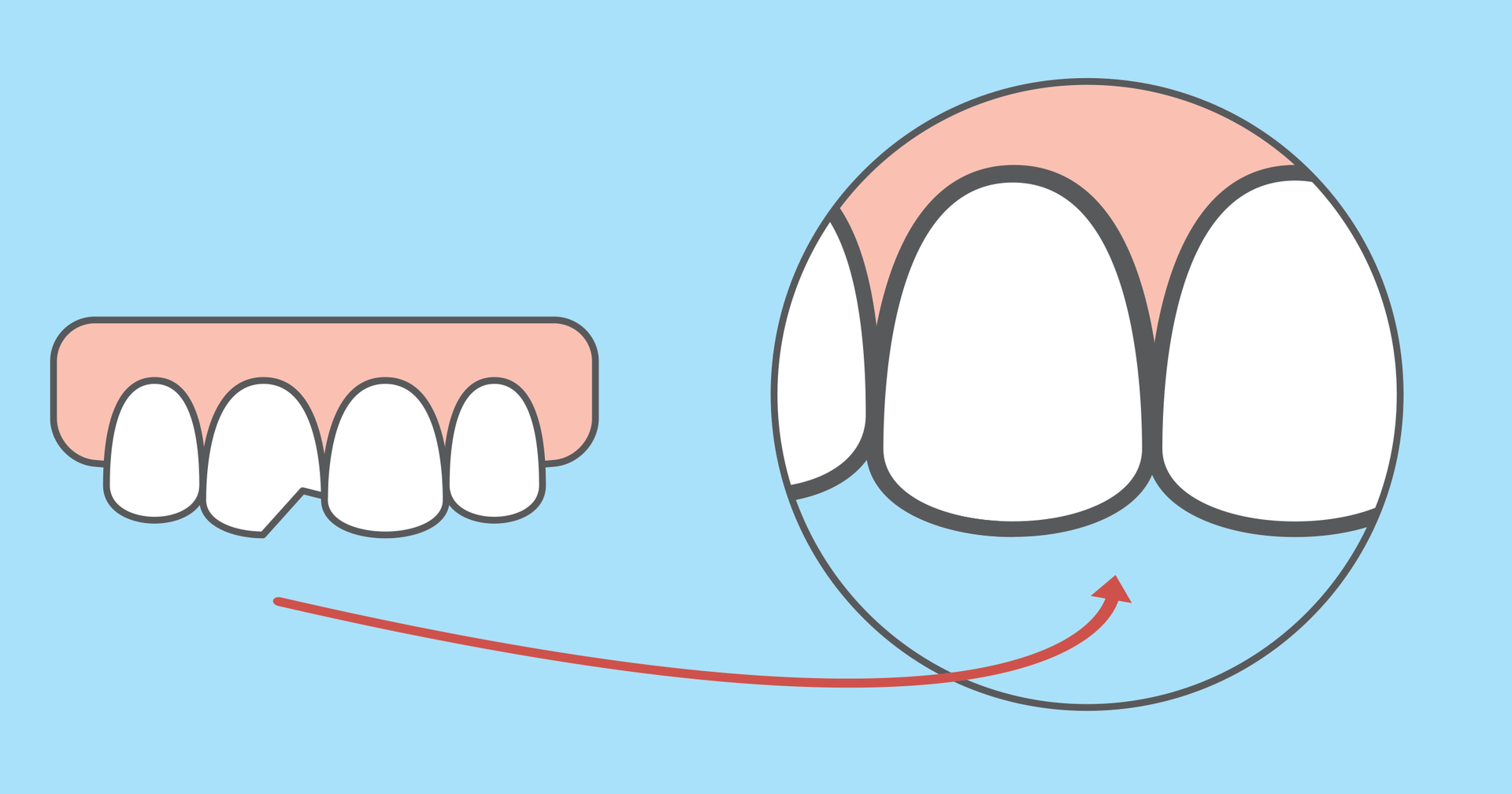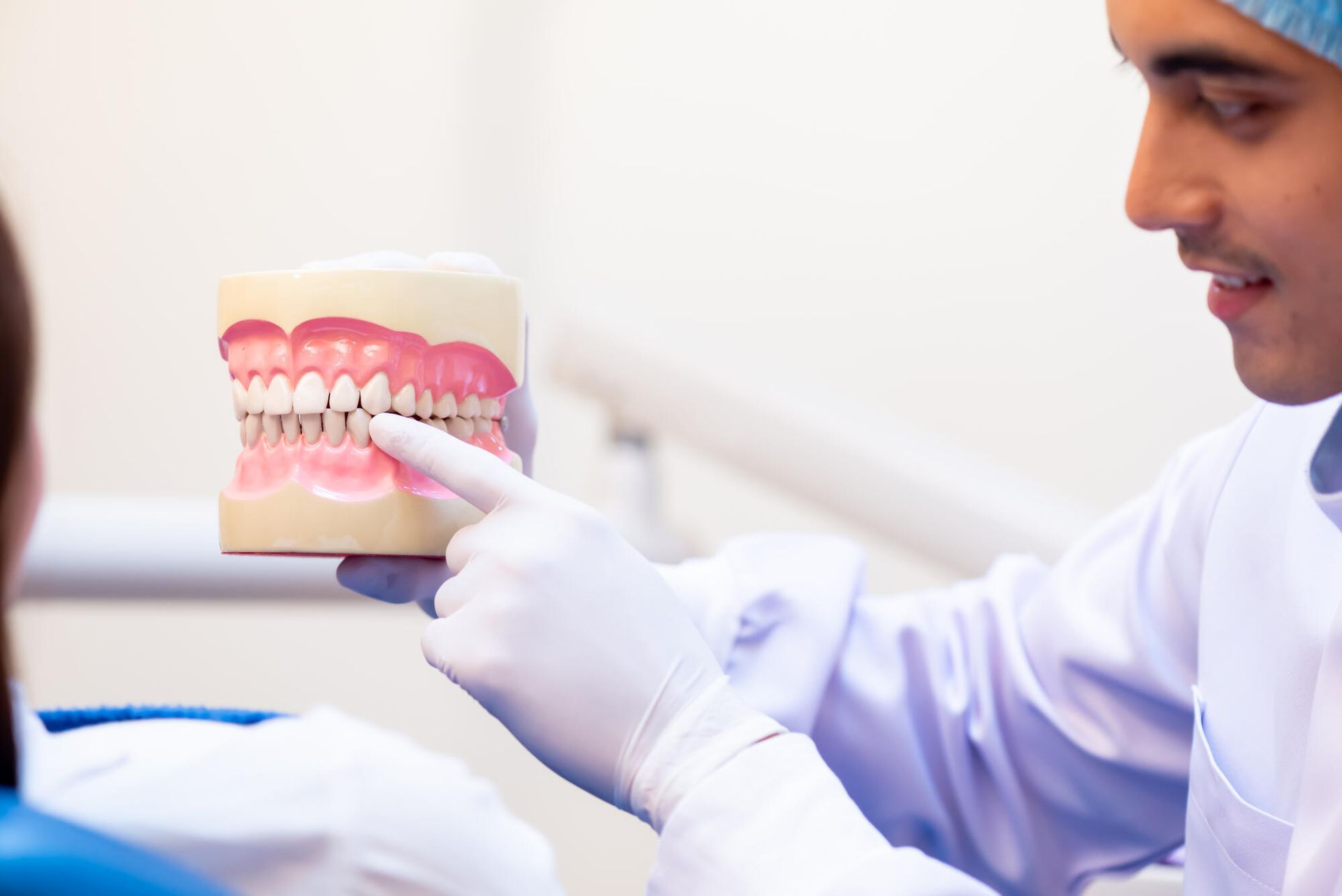What Is a Gingivectomy? All You Need to Know
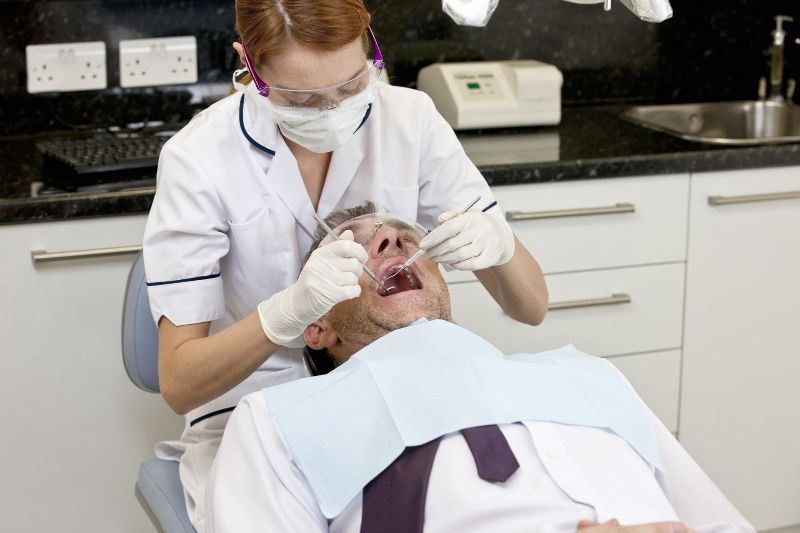
According to NIH MedlinePlus Magazine, 42% of adults over 30 suffer from some form of gum disease. Left untreated, this can lead to more severe dental issues, including tooth loss.
If you're struggling with gum health, you might be wondering, what is a gingivectomyand how can it help?
Join us as we look into this dental procedure, its benefits for treating gum disease, and what to expect during recovery.
What Is a Gingivectomy?
A gingivectomy is a common dental procedure used to treat gum disease or improve the appearance of the gums. It involves removing excess gum tissue to address issues like severe gum overgrowth or damaged tissue. The procedure can be performed for both medical and cosmetic reasons, and it helps improve overall dental health.
There are three main reasons a gingivectomy may be recommended:
- Treating gum disease and preventing further complications
- Improving the appearance of the gums and smile
- Removing overgrown tissue
Treating Gum Disease
A gingivectomy is often recommended for patients with advanced gum disease. When gum disease has progressed to a point where regular cleanings and treatments are no longer effective, this procedure helps remove damaged tissue. This prevents the infection from spreading and reduces the risk of tooth loss.
Appearance of the Gums and Smile
In some cases, the procedure is performed to reshape the gums for aesthetic purposes. Overgrown or uneven gum tissue can affect a person's smile. A gingivectomy can help correct these issues, leading to a more balanced and appealing appearance.
Removing Overgrown Tissue
Certain medications or medical conditions can cause the gums to grow excessively, leading to discomfort or difficulty maintaining oral hygiene. A gingivectomy is an effective way to remove this excess tissue and make it easier for patients to care for their teeth and gums.
The Gingivectomy Procedure: Step-by-Step
A gingivectomy is a straightforward process that typically begins with preparation and anesthesia. The dentist will ensure the patient is comfortable by applying local anesthesia to numb the gums.
It helps to reduce any pain or discomfort during the procedure. Once the area is numbed, the dentist can begin removing the excess gum tissue. There are two common methods for performing a gingivectomy: traditional surgical removal and laser surgery.
In the traditional method, the dentist uses a scalpel to cut away the extra gum tissue. In laser surgery, a specialized laser is used to precisely remove the tissue, which can reduce bleeding and promote faster healing. The method chosen will depend on the patient's specific situation and the dentist's recommendation.
After the excess gum tissue is removed, the dentist will shape the remaining gums to create a smoother and more even appearance. It's an important part of the procedure, as it helps ensure that the gums heal in a way that looks natural and supports overall oral health.
The area is then cleaned, and sometimes, a special dressing is applied to protect the gums during the early stages of healing.
The entire procedure usually takes around one to two hours, depending on how much tissue needs to be removed. Most patients can expect some swelling or minor discomfort afterward, but this typically fades within a few days.
Gingivectomy Benefits
A gingivectomy offers several benefits, both for your dental health and for improving your smile. The procedure is commonly used to treat gum disease, but it also helps with cosmetic concerns and can make it easier to maintain good oral hygiene.
The most important benefit of a gingivectomy is its ability to stop the progression of gum disease. By removing the damaged tissue, the dentist can reduce inflammation and prevent further infection.
It can protect your teeth from becoming loose or falling out, which is a serious risk for advanced gum disease. In addition, the procedure helps improve the overall health of the gums, allowing them to heal and function properly.
Another key benefit is the cosmetic improvement it can provide. Some people struggle with excess or uneven gum tissue, which can make their smile look less attractive.
A gingivectomy can reshape the gums, creating a more balanced and aesthetically pleasing appearance. It can boost confidence and help individuals feel better about their smiles.
Finally, removing excess gum tissue can make it easier to clean your teeth. When the gums are overgrown, they can trap food particles and bacteria, making it difficult to brush and floss effectively.
After a gingivectomy, patients often find it easier to maintain their daily oral hygiene routine, which contributes to long-term dental health.
Gingivectomy Recovery: What to Expect
After a gingivectomy, recovery is usually straightforward, but it does require some care and attention. The gums will need time to heal, and it's important to follow the dentist's instructions closely to avoid complications. Patients typically experience some swelling and discomfort in the days following the procedure, but this should gradually decrease as the gums begin to heal.
For the first few days, it's common to experience mild bleeding or tenderness in the treated area. Your dentist may provide pain relievers or recommend over-the-counter medications to manage any discomfort.
Sticking to a soft food diet during the initial recovery period is also helpful. Foods like soups, yogurt, and mashed potatoes are easier on the gums and reduce the risk of irritation. Avoiding spicy or crunchy foods will also help prevent any unnecessary discomfort.
Maintaining proper oral hygiene is key to a smooth recovery. Your dentist may recommend gently brushing the area or using a special mouthwash to keep it clean without disturbing the healing tissue.
It's important to avoid flossing around the treated area until your dentist says it's safe to do so. Keeping the area clean helps prevent infection and promotes faster healing.
Gum Disease Treatment: Dental Health Tips
Now you know the answer to your question, "What is a gingivectomy?" Whether for medical reasons or cosmetic improvements, it offers long-lasting benefits.
At Dental Arts, we prioritize patient care by offering up to 25% off in-office dental plans, along with convenient evening and weekend appointments. Dr. Soren Michaelsen, a Norman, OK native, completed his studies at the University of Oklahoma and Brigham Young University, and is proud to serve the community back home.
Get in touch today to find out how we can
help your gums!
